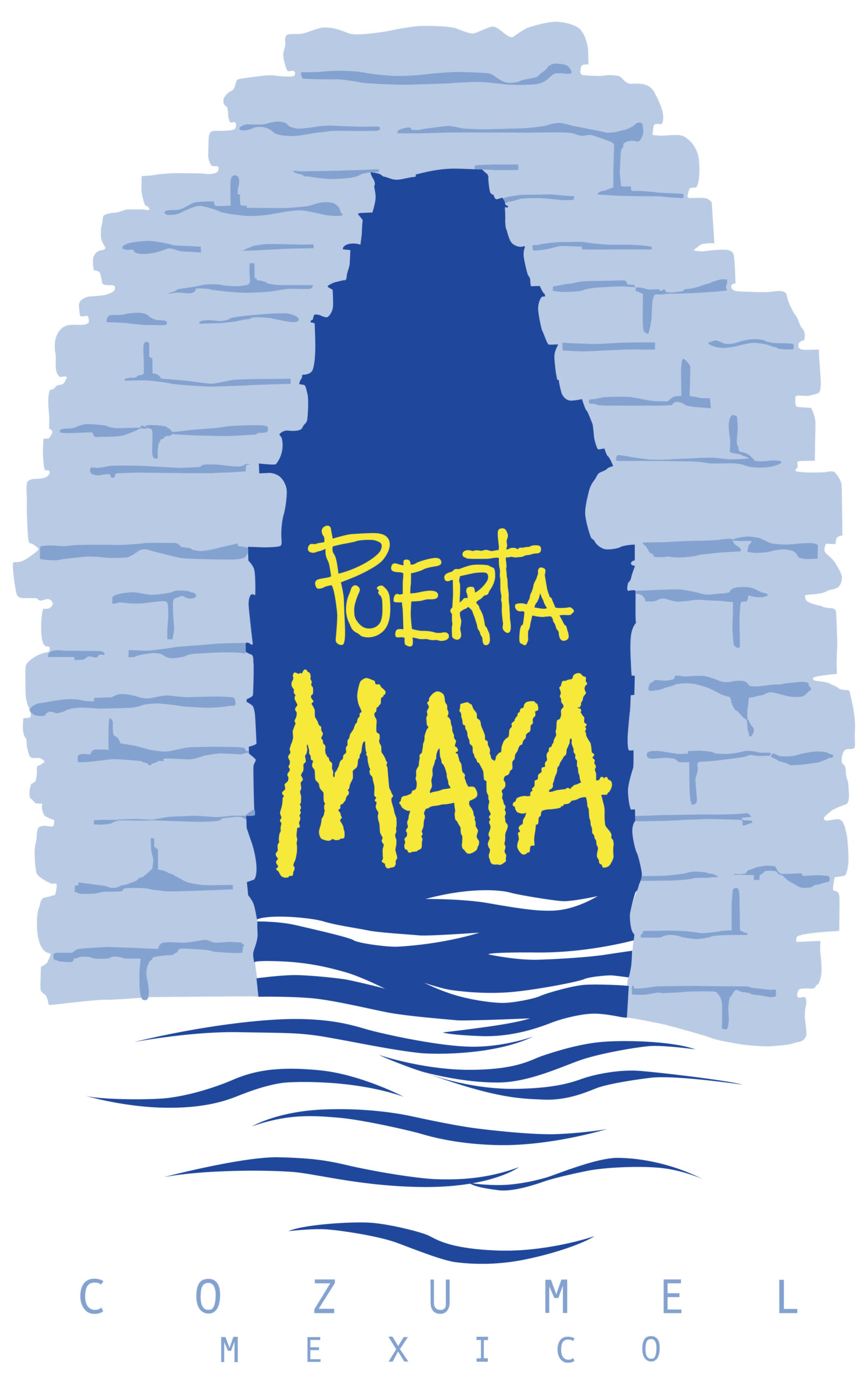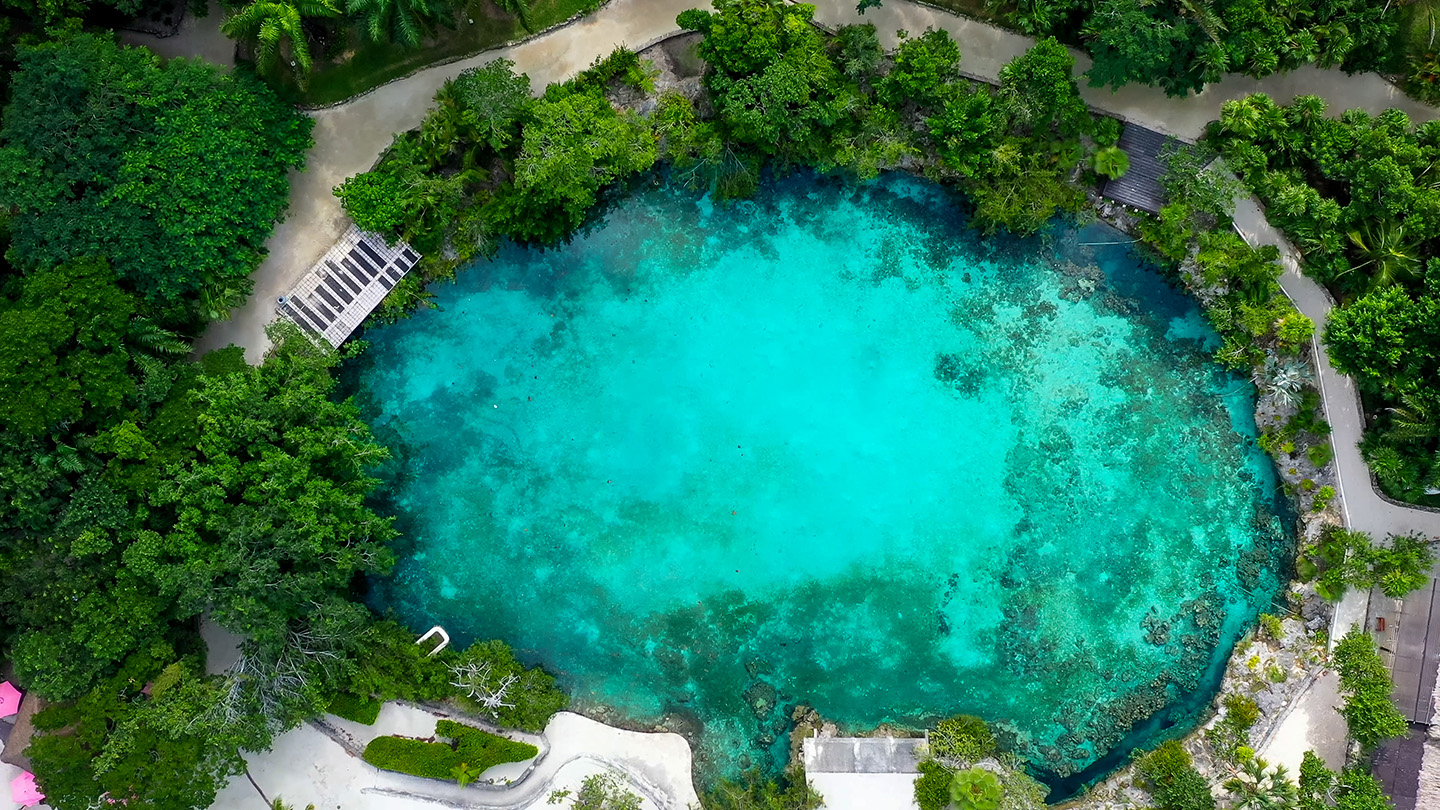Local Weather

Welcome to Cozumel
Cozumel is Mexico’s largest Caribbean island and one of the country’s most significant cruise destinations.
History
Cozumel’s tradition of hospitality and cultural significance dates back centuries. Long before the arrival of European explorers, the island was a sacred pilgrimage site for the Maya, who traveled from across the region to honor Ixchel, the goddess of fertility.
In 1518, Spanish explorer Juan de Grijalva arrived, naming the island Santa Cruz in recognition of the Catholic celebration taking place that day. Throughout the colonial period, Cozumel’s strategic location made it a refuge for traders, settlers, and even legendary pirates like Henry Morgan and Captain John Coxen.
By the 20th century, Cozumel’s economy expanded through agriculture and commerce, but it wasn’t until the late 1950s that the island was rediscovered as a world-class tourist destination. Today, with over two million visitors annually, Cozumel remains one of Mexico’s most important cruise ports and a hub of economic and cultural vitality.
Island information
Cozumel is located 11 miles (18 km) off Mexico’s Yucatán Peninsula, opposite Playa del Carmen. Known as Mexico’s window to the Caribbean, Cozumel is the largest and most populated island in the country, home to over 88,000 residents in its main town, San Miguel de Cozumel.
20° 30′ 0″ N, 86° 57′ 0″ W
Size: 32 miles (52 km) long, 9 miles (14 km) wide.
Geological Formation: Formed from marine sediment, with underground rivers and cenotes unique to the region.
Environmental Importance: Home to parts of the Mesoamerican Barrier Reef, the second-largest reef system in the world.
Cozumel’s tropical climate is warm and humid year-round.
Average temperature: 80°F (27°C).
Seasonal range: 68°F (20°C) in winter to 90°F (32°C) in summer.
Click here to learn more about protecting Cozumel’s beaches and marine ecosystems.
Cozumel’s landscape is rich with tropical forests, mangroves, and diverse wildlife. The island is home to native species such as raccoons, iguanas, armadillos, and even wild boars, while its coastal waters support vibrant coral reefs and marine biodiversity.
Local conservation efforts focus on protecting endangered habitats, reducing pollution, and fostering responsible tourism.
Cozumel is heaven for shoppers. Browse local manufacturing outlets of world famous companies, such as Diamonds International, plus fine locally owned stores like Milano and Pama, some of the largest duty-free shops in the Caribbean with terrific offerings including fine perfumes.
Los Cinco Soles is one of the retail outlets that has the largest variety of handcrafts from every corner of Mexico, all under one roof. The island’s many shops provide sophisticated selections at great prices. Whether you’re looking for diamonds or precious gems, silver, gold or platinum, a quality watch or a special ring, perfumes or accent pieces for your home, you’ll find it in Cozumel.
Mexico
Quintana Roo
Cozumel
~ 88,620
Maya
Mexico Pesos
Environmental Statement
Carnival Corporation & plc, Puerta Maya, and its 8 cruise brands are committed to protecting Cozumel’s marine ecosystems and coral reefs through long-term sustainability programs.
Key Environmental Initiatives:
- Coral Reef & Beach Etiquette Awareness – Every Puerta Maya visitor receives a reef conservation card, educating them on the importance of preserving Cozumel’s marine ecosystems.
- Permanent Reef Education Exhibit – Unveiled by Madame Cousteau, this exhibit highlights the history and significance of Cozumel’s coral reefs.
- Artificial Reef Creation – Following Hurricane Wilma in 2005, Puerta Maya repurposed 56,000 tons of pier remnants to form an artificial reef at Playa Casitas, now a thriving marine habitat.
- Community Educational Programs – In partnership with the Department of Education, Puerta Maya supports marine conservation programs for local students, fostering environmental responsibility.
- Eco-Friendly Snorkeling Standards – Carnival Corporation works exclusively with tour operators who practice reef-safe snorkeling at depths of 10 feet (3 meters) or more to protect fragile marine environments.


